Shiatsu training: Experience and tips from lecturer Mirjam Bösch - helping other people through body therapy and energy work thanks to complementary therapy training
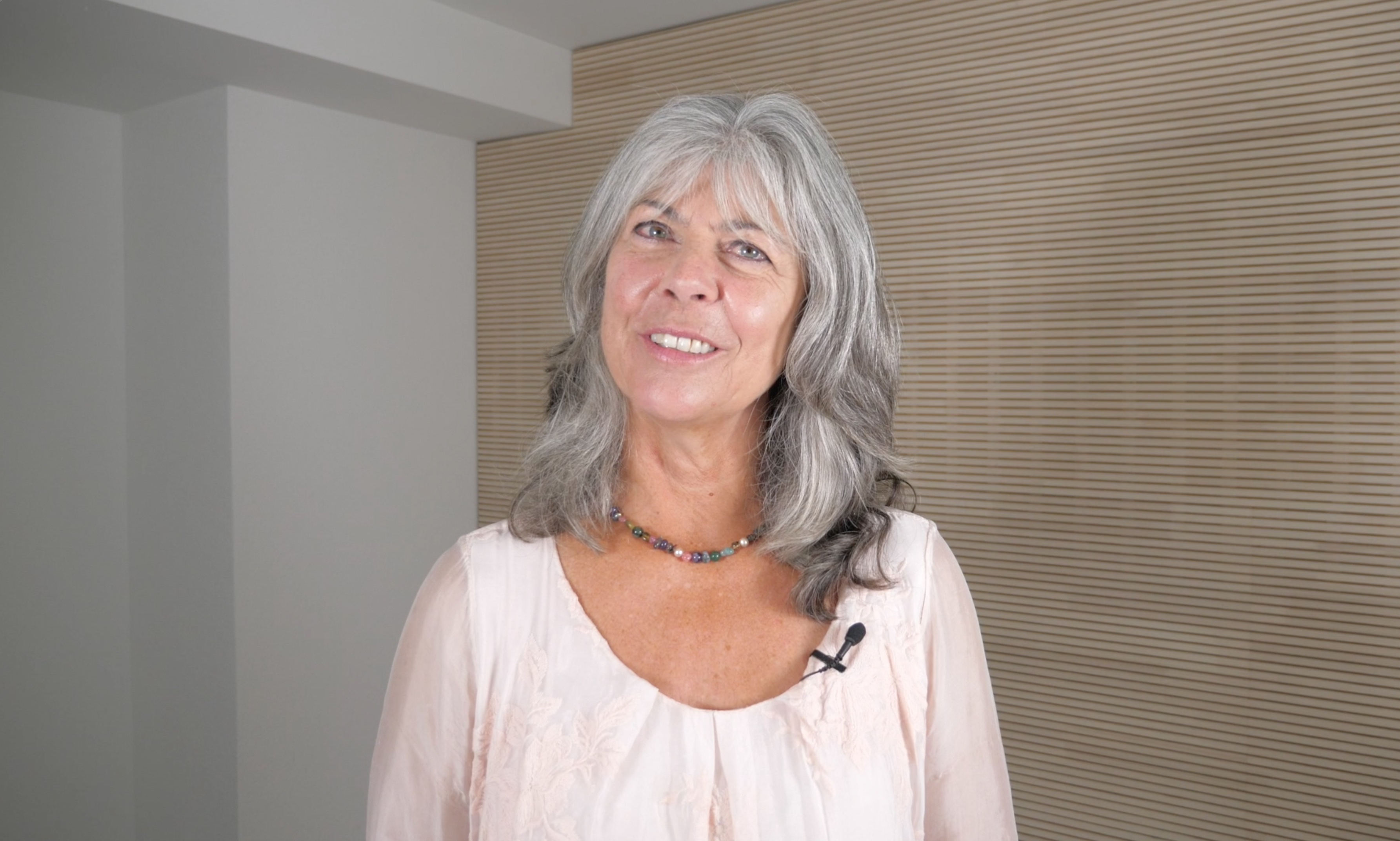
Can you please briefly introduce yourself and tell us about your advertising campaign?
My name is Mirjam Bösch and I work at the IKT Institute as a training manager and lecturer in the field of complementary therapy. I originally worked as a flight attendant. After eleven years in the air, I changed direction. I opted for massages and learned various techniques, but was not yet satisfied with my new job. Then I discovered the Shiatsu treatment method. Right from the first treatment, this method gave me a lot and captivated me. I immediately signed up for a course and have now been involved with Shiatsu for over 20 years.
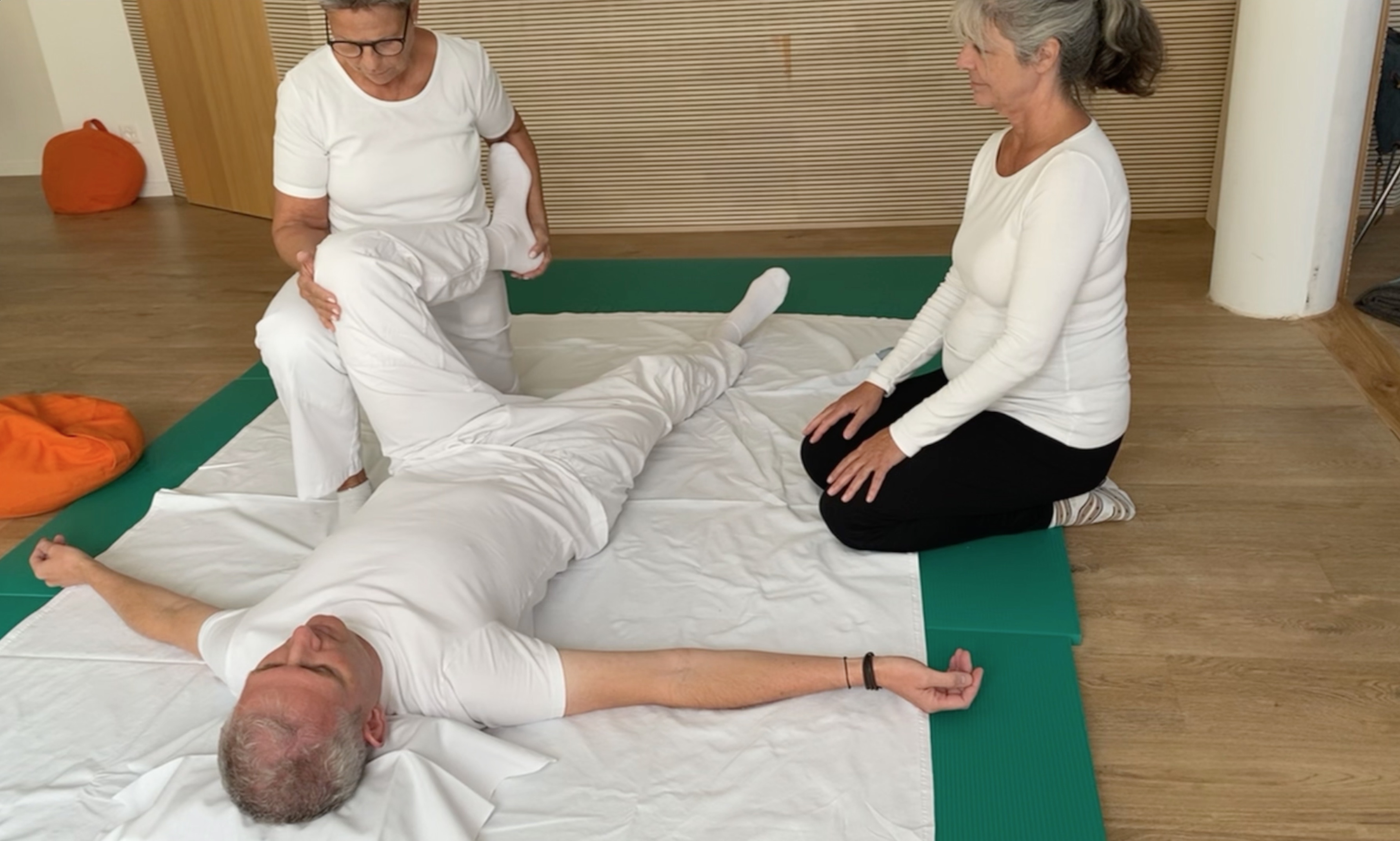
Who do you think Shiatsu training is suitable for?
In my opinion, Shiatsu training is suitable for everyone. This complementary therapy training is aimed at people who want to learn body therapy. These people show an interest in working with the body and people. The Shiatsu training can be completed regardless of current background or profession. However, you should have completed vocational training at secondary level 2. It is also advisable to have a certain amount of life experience for this type of energy work, so I wouldn't start too young.
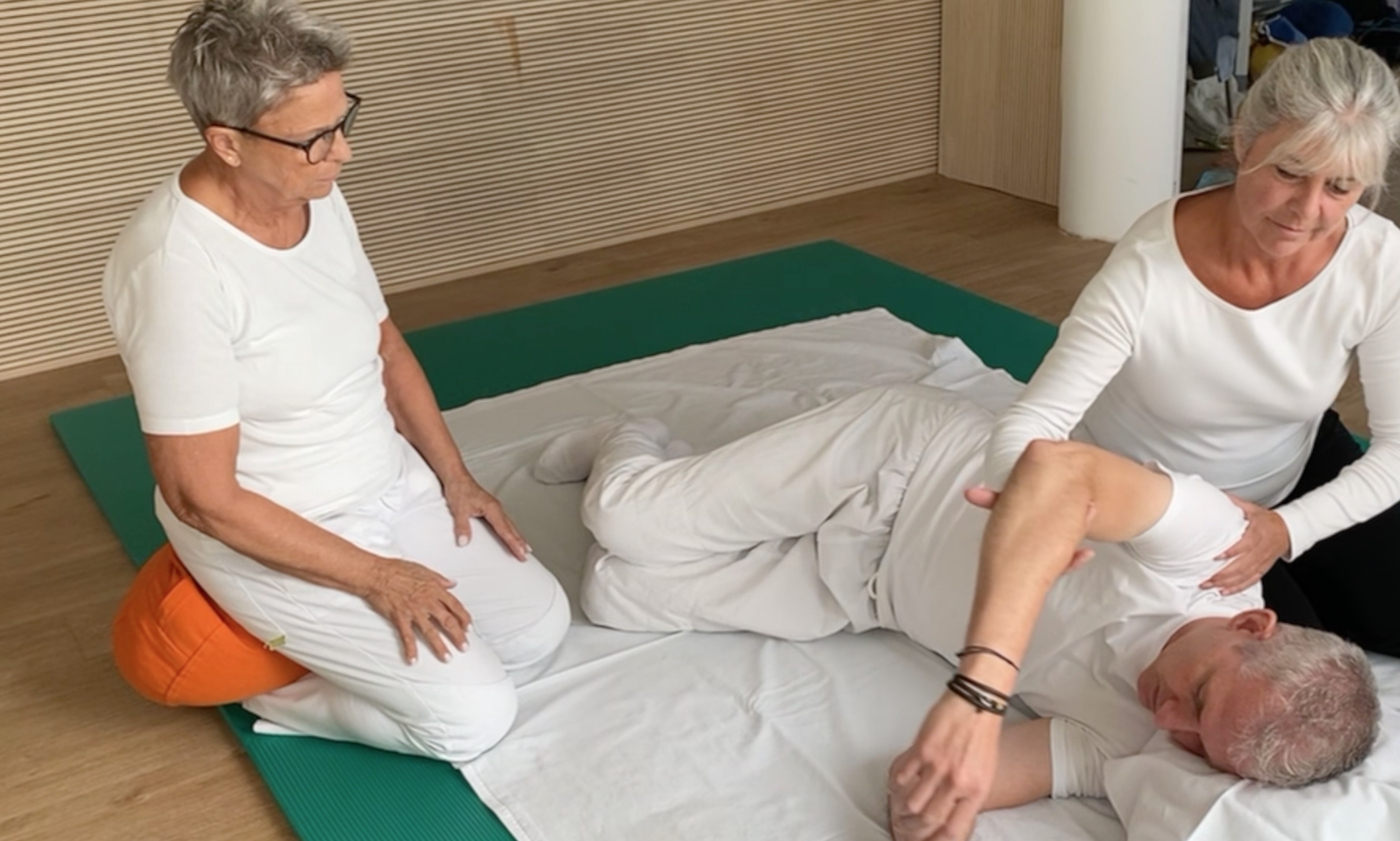
What exactly do you learn in the Shiatsu course at the IKT Institute?
The contents of the Shiatsu course at the IKT Institute are:
- Meridian theory - courses and functions
- Chinese philosophy (Ying and Yang)
- Mindfulness exercises
- Body therapy work
- Self-perception and self-awareness
- Own orientation for complementary therapy
- Practical days
The resources for the cross-method part of the complementary therapy training are taught in accordance with the Tronc Commun KomplementärTherapie (TC KT). As a result, in addition to knowledge of Shiatsu, participants also acquire skills in the areas of medical, professional and social science fundamentals.
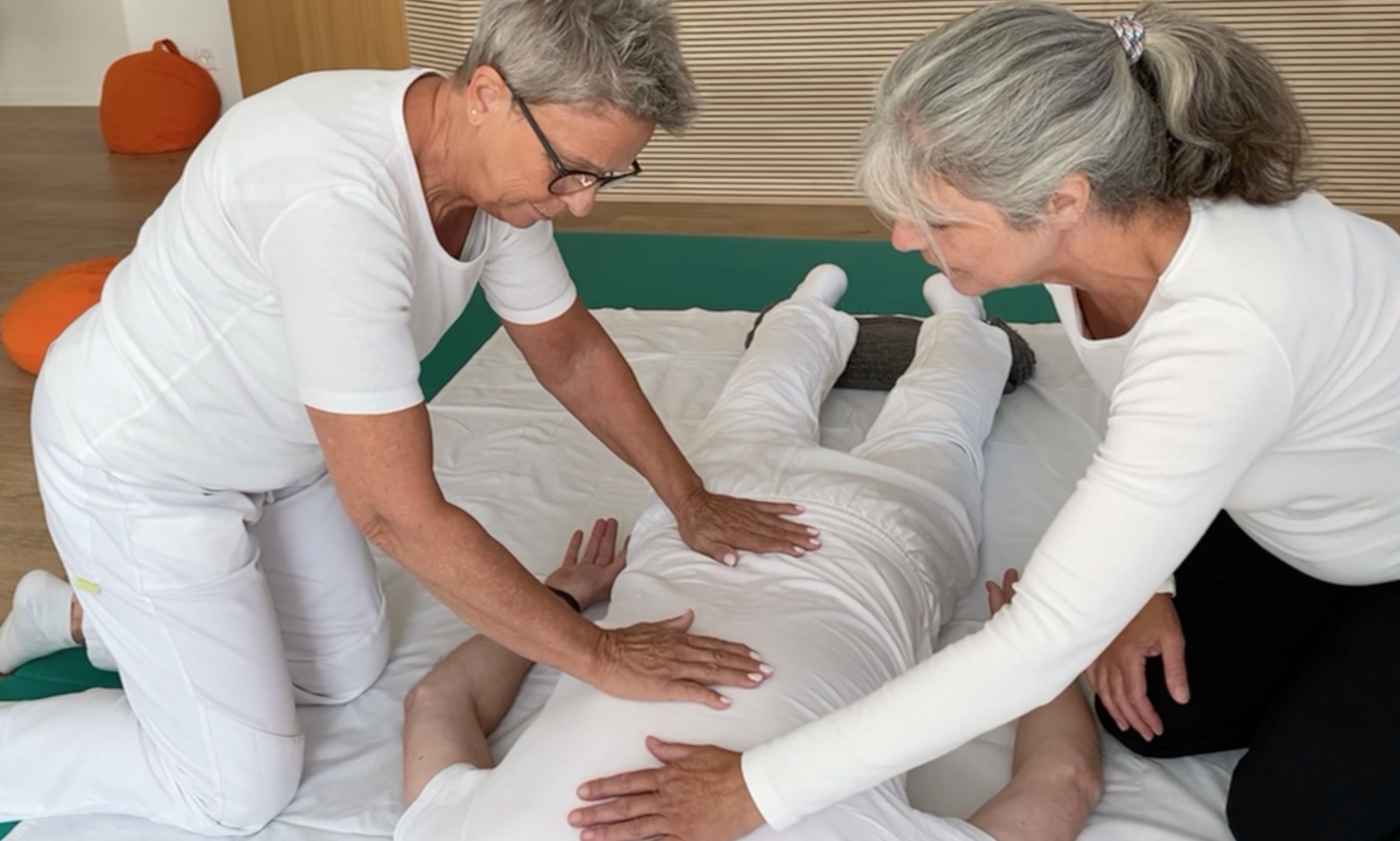
How is the complementary therapy training in Shiatsu structured?
The complementary therapy training in Shiatsu is divided into three large modules. Module 1 Welness Shiatsu - courses 1 to 3 - lasts one year and 21 course days. Each course lasts six days and usually takes place over two weekends including two practice days. One advantage of the IKT Institute is that you can already carry out your own full-body treatments after a six-day course. The knowledge gained in Module 1 is confirmed with the Wellness Shiatsu certificate and is followed by Module 2 as a Shiatsu practitioner. This module also lasts one year and is the first step towards therapeutic work. Module 3 as a Shiatsu therapist takes another year. The entire complementary therapy training in Shiatsu takes 4.5 years. On successful completion, you will receive an industry certificate in the Shiatsu complementary therapy method. With this industry certificate, you are recognized by health insurance companies and can therefore bill your health insurance for services. After two years of practical experience, you can take the Advanced Federal Professional Examination (AFPE) with supervision, accompaniment of a person including a case description. This allows you to obtain the qualification as a federally certified complementary therapist in the Shiatsu method. The entire complementary therapy training course is designed so that it can be completed alongside work. This makes it very compatible with family and children. Towards the end of the training, it is advisable to reduce your current job so that you can carry out more Shiatsu therapies in order to gain the necessary experience for the industry certificate.
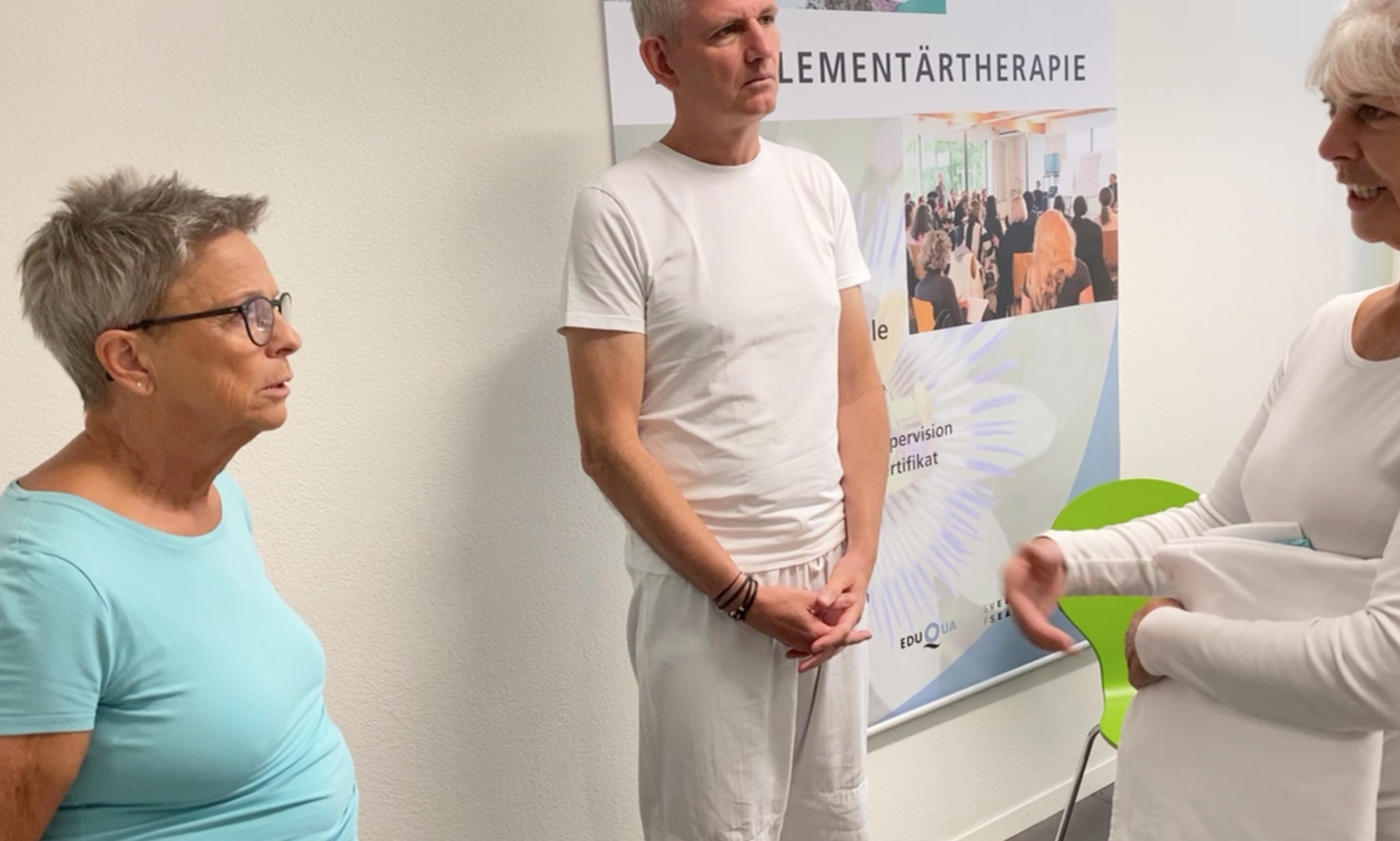
How are the performance reviews carried out during the complementary therapist training program?
The first examination in the Shiatsu Method Complementary Therapist course is only taken before entering the second module. The examination is written and practical. This serves to determine whether the material from courses 1 to 3 has been well understood. This is because the Masunaga system is taken over from there as meridian extensions and later applied further in the Shiatsu practitioner (course 4 and 5). After completing 75 treatments and passing the practical examination, you can enter the Shiatsu Therapist module (courses 6 and 7 as weekly courses in a seminar hotel). At the end of the seventh course of the complementary therapist training, there are two practical examinations and a diploma thesis of 25 pages. For the diploma thesis, a person is accompanied therapeutically for six months and their progress is recorded in writing. Proof of a further 75 treatments is also required. A two-hour practical examination takes place at the end of the complementary therapy training in Shiatsu.
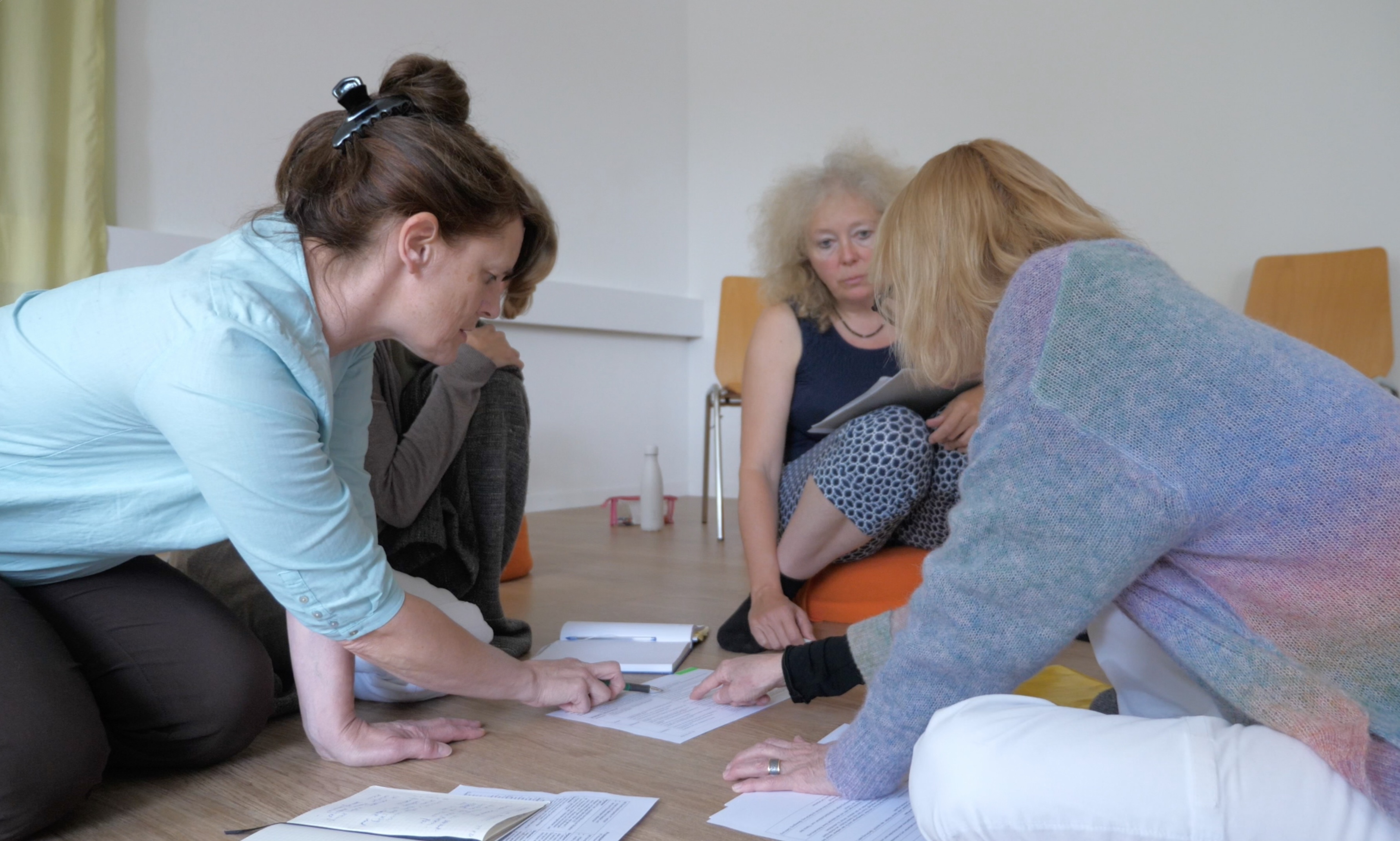
Why should I complete the complementary therapist training at the IKT Institute?
At the IKT Institute we are a great team of lecturers in the field of complementary therapy with a diverse range of teaching staff. Our complementary therapist training is offered in Bern, Lucerne and Rapperswil. There is even an entire IKT center in Rapperswil, where we offer a wide variety of courses. The IKT also attaches great importance to self-awareness in complementary therapist training. Each course participant can embark on a process and develop physically, emotionally, mentally and spiritually on four levels. Our school is characterized by the fact that we are there for people who are interested in Shiatsu. We accompany them on their journey through life and this gives us great pleasure.
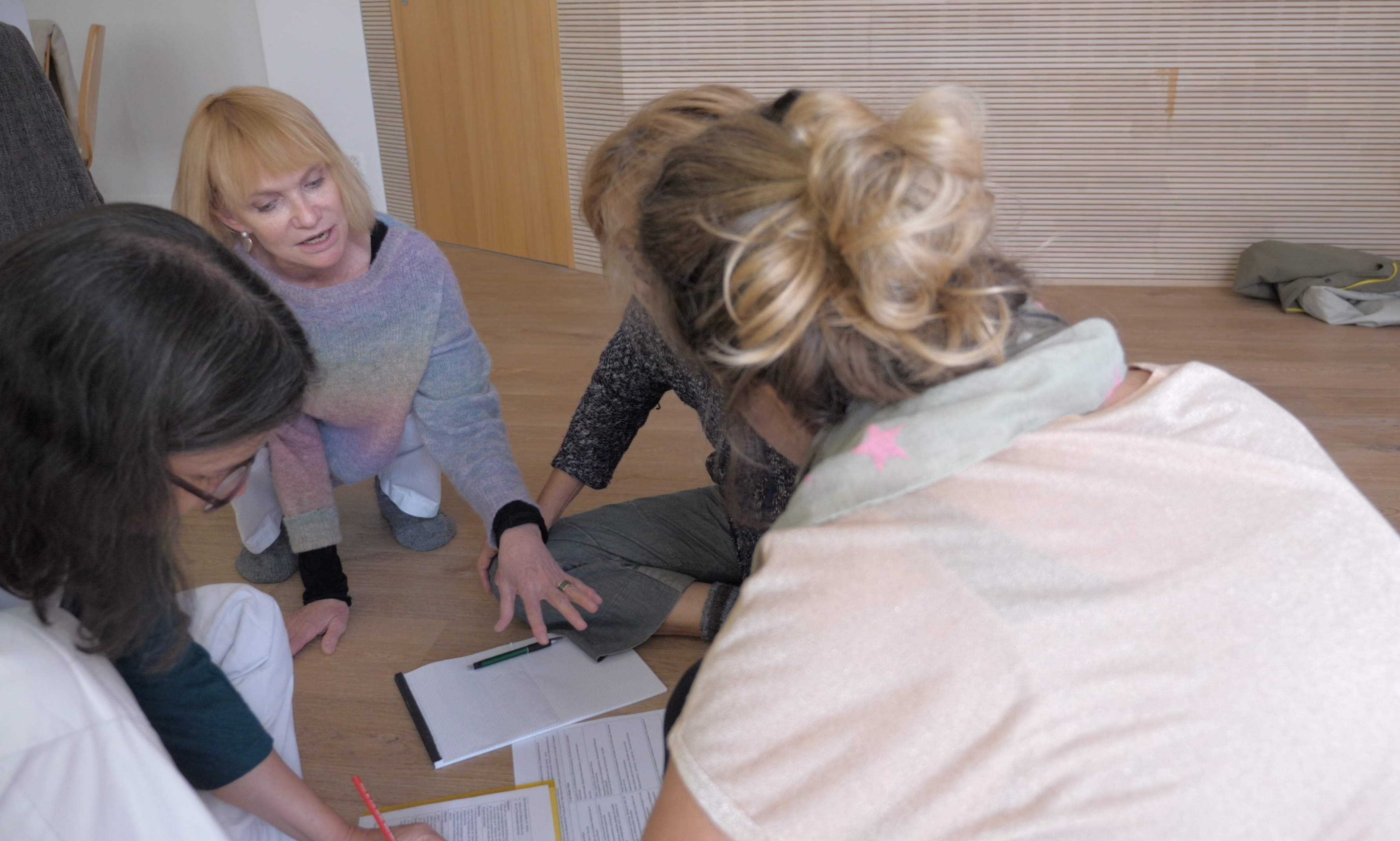
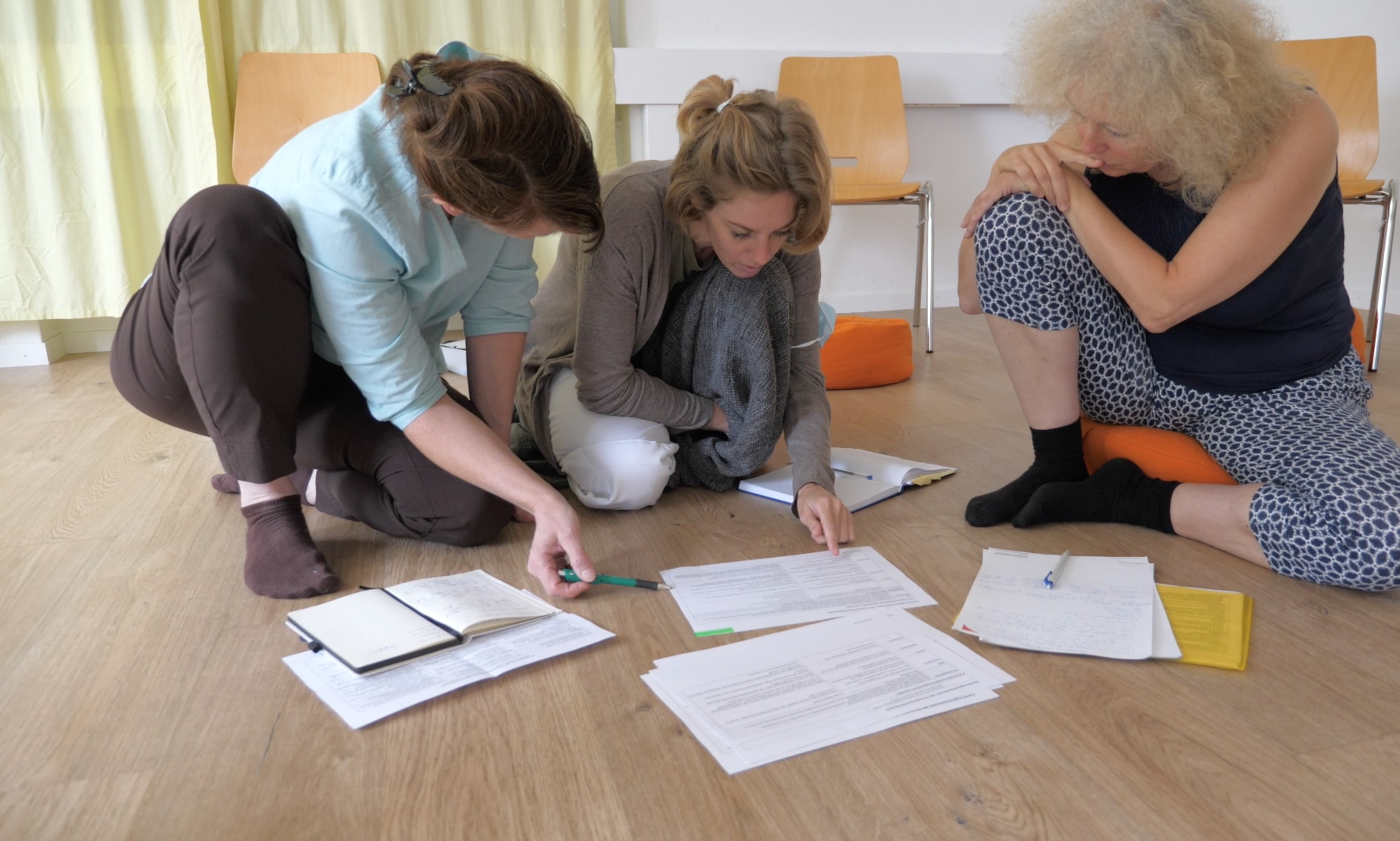
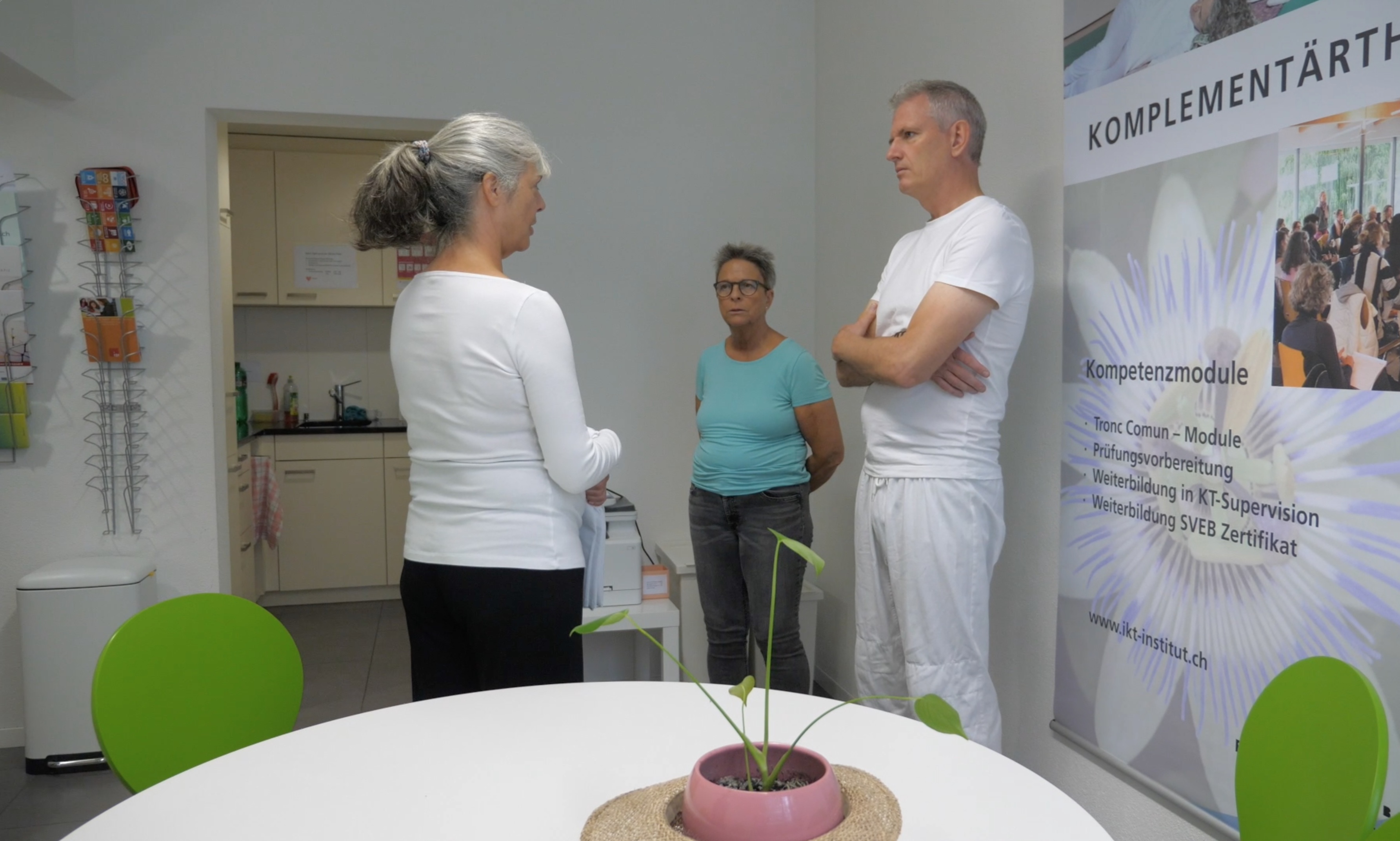
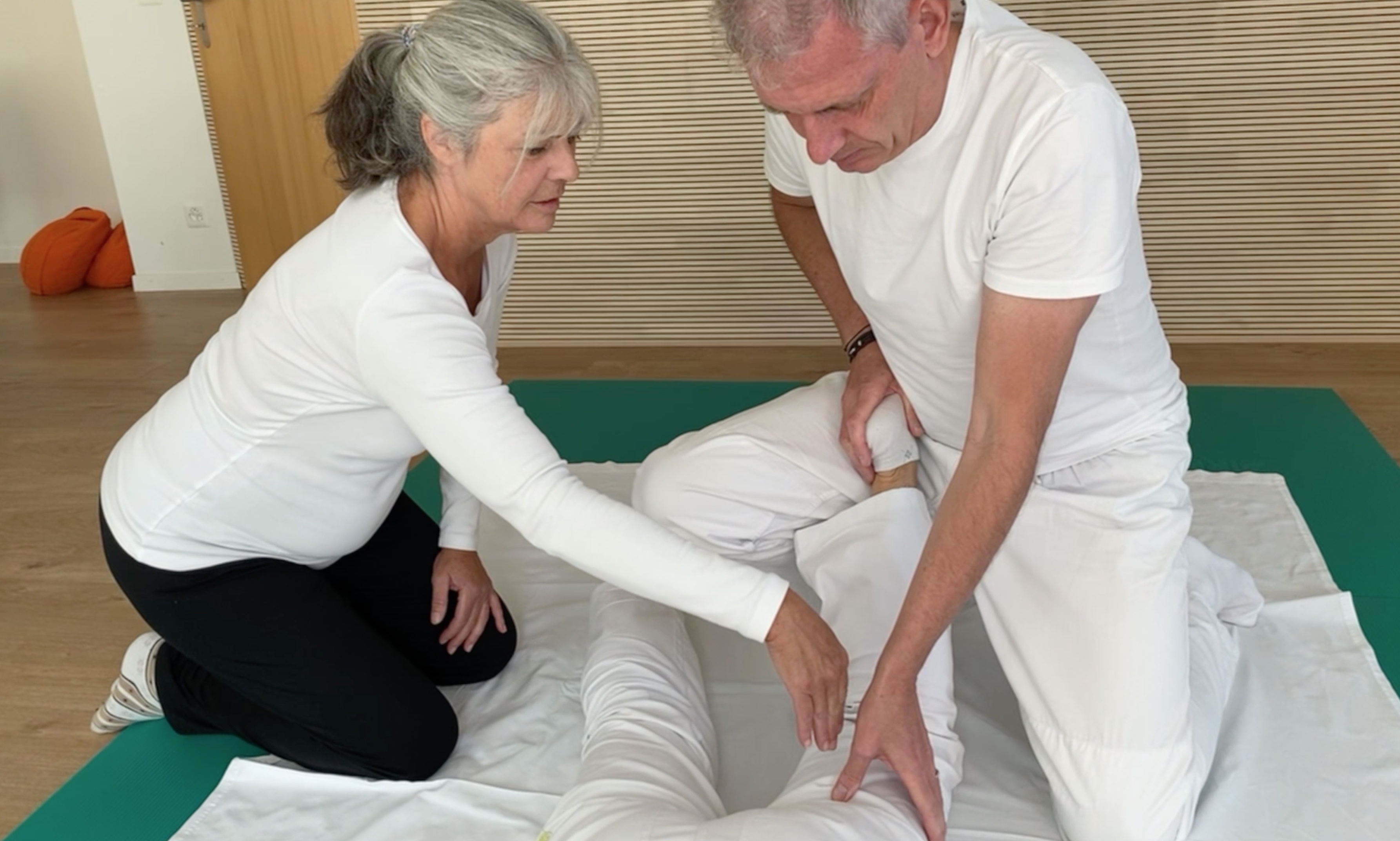
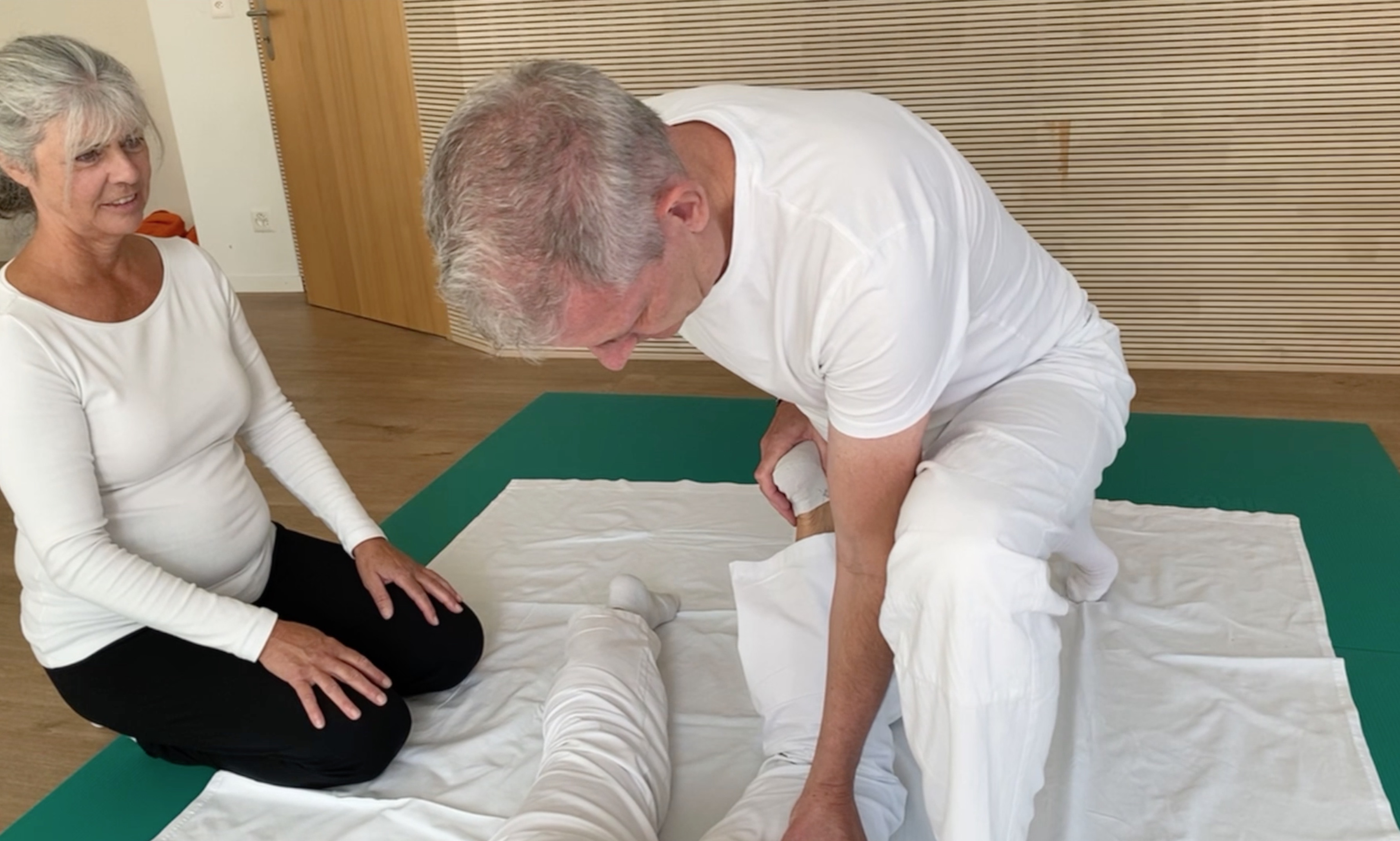
Overview of Shiatsu training providers
Overview of providers of complementary therapist training / complementary therapist training
